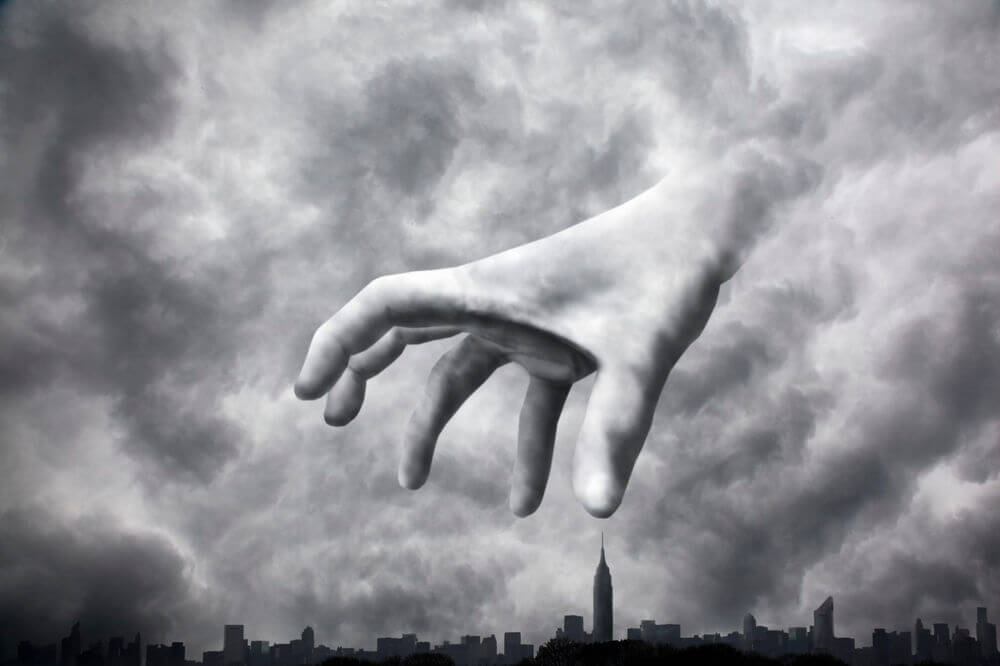The human culture’s fascination with the world’s end has permeated through movies, books and theories alike. A curious phenomenon emerges from this intrigue: apocalyptic tourism. Venturing into legendary sanctuaries offers a glimpse into the quest for refuge and serenity amidst chaos.
Sanctuaries of the World’s End: Unveiling Legendary Havens
Bugarach, France: The Village Defying the Apocalypse
In the south of France, Bugarach stands as a place of legend. Various beliefs identify this quaint village as a safe haven against global cataclysms. Its mountains and landscapes draw not only tourists but also those seeking peace from the idea of the world’s end.
This locale has sparked study and curiosity due to both its unique geography and the tales surrounding it.
Tristan da Cunha: Isolation as Salvation
Positioned between extreme isolation and unparalleled beauty, Tristan da Cunha emerges. This archipelago, the planet’s most remote inhabited area, offers a distinct perspective on survival.
Its small, resilient community exemplifies how life can thrive far from the hustle and bustle of large cities and their issues. Though access is limited, the idea of a refuge in the middle of the ocean appeals to many.
Necker Island: Luxury at the World’s End
Opulence and preparation for the apocalypse converge on Necker Island. Owned by mogul Richard Branson, this private island in the British Virgin Islands represents the epitome of secure luxury. While not accessible to everyone, it raises an intriguing question about how wealth could influence survival in a global disaster.
Each of these places stands out for unique reasons, from mysticism to extreme isolation or unparalleled luxury. What they share is humanity’s search for spaces offering safety and serenity against the future’s uncertainty.
Remote Horizons: Adventures at the Hope’s Edge
Yukon Territory, Canada: Wild Nature and Survival
The Yukon, with its vast untouched nature and night skies lit by the aurora borealis, prompts reflection on life under extreme conditions. This Canadian territory, known for its sparse population and stunning landscapes, teaches a lesson on coexisting with the environment.
Here, survival is intertwined with respect for nature, suggesting a lifestyle many find liberating.
Tierra del Fuego, Argentina: Beauty on the Brink of Disaster
In the south of Argentina, Tierra del Fuego arises as a sanctuary of natural beauty and refuge from potential catastrophes. The climate and winds of this region provide a unique setting to witness human and natural resilience. This archipelago stands as evidence of how remote places can be peaceful oases in a turbulent world.
These destinations are not just tourist getaways; they are scenarios that challenge our understanding of survival and adaptation. Visiting them means delving into stories of resilience and discovering how humanity might seek refuge in the planet’s most unexpected corners.
Beyond the World’s End: Lessons on Life, Survival and Hope
Exploring these unique places goes beyond mere curiosity or the desire for adventure. It reflects a deep search for answers in the face of our future’s uncertainty.
Each destination, with its features and stories, speaks of human resilience and the survival instinct. They are spaces where the fear of the end times and the hope for finding refuge and safety intertwine.
Visiting these places allows us to confront our deepest fears while offering a perspective on what we truly value. More than physical shelters, they represent beacons of humanity, showing that, even in the most discouraging scenarios, we seek ways to persevere and find beauty.
This journey through destinations for the apocalyptic traveler not only broadens our understanding of the world. It also deepens our appreciation for the human capacity to adapt and find hope amidst chaos.
Ultimately, these places symbolize our relentless quest for safety and a promising future, reminding us that, despite challenges, there’s always a path forward.

